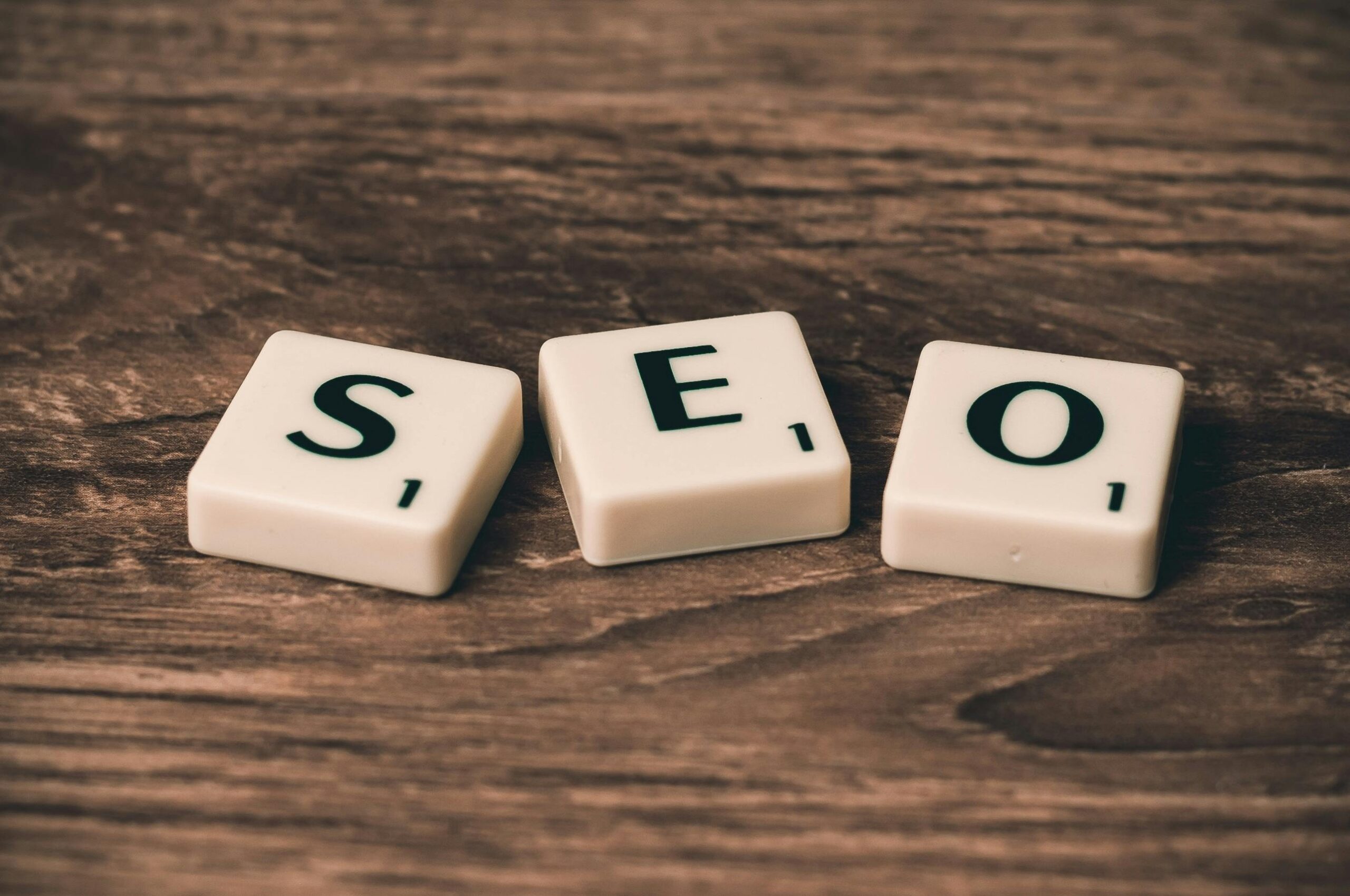In the current-day digital world, e-commerce relies on a high ranking on Google, and exchange like Drop Principal is no exception. As online stores are on the rise, the importance of implementing successful e-commerce SEO strategies becomes vital to ensure that organic traffic growth in converted to customers.
On-page SEO for stores provides long-term benefits, unlike paid ads. Unlike paid ads, it is free and includes search visibility without having to spend money on ads continuously. So, how do you make your store rank better?
This guide will show you proven SEO techniques to enhance rankings, visibility, and revenue.
By the end, you’ll have a step-by-step blueprint for optimising your e-commerce store.
Understanding E-commerce SEO
What is E-commerce SEO?
E-commerce SEO means optimising an online store to rank better in search results (SERPs). This includes improving site structure, keyword optimisation, technical SEO, and link-building to attract relevant visitors.
Why is SEO Important for Online Stores?
- Increases Organic Traffic Growth– Get more visitors without relying on ads.
- Boosts Credibility & Trust – High rankings signal authority to buyers.
- Enhances User Experience – SEO-friendly sites load faster and are easier to use.
- Drives Higher Conversions – Targeted traffic leads to more engaged buyers.
- Reduces Marketing Costs – Organic traffic growth is free and sustainable.
Let’s explore the key components of e-commerce SEO.
Step 1: Keyword Research for E-commerce SEO
Finding the Right Keywords
Effective keyword research is the backbone of a successful SEO strategy. Here’s how to find high-converting keywords:
- Use Keyword Research Tools – Google Keyword Planner, Ahrefs, SEMrush, and Ubersuggest.
- Target Long-Tail Keywords – Phrases like “best-running shoes for beginners” attract qualified traffic.
- Analyse Competitor Keywords – See what top competitors are optimising for.
- Prioritise Buyer Intent – Focus on keywords with high purchase intent, like “buy” and “review.”
- Leverage Google Autocomplete & Related Searches – Find trending search terms easily.
Example: Instead of just “running shoes,” optimise for “best lightweight running shoes for women” to reach buyers ready to purchase.
Step 2: On-Page SEO for Online Stores

Optimising Product Pages
A well-optimised product page can help you rank higher and convert visitors. Key elements include:
- SEO-Friendly Product Titles – Use primary keywords naturally.
- Engaging Meta Descriptions – Summarise the product with relevant keywords.
- Optimised URL Structures – Use clean, keyword-rich URLs (e.g., www.store.com/running-shoes-men).
- High-Quality Product Descriptions – Write unique, informative descriptions instead of copying manufacturer text.
- Use Schema Markup – Implement structured data for rich snippets in search results.
Crafting SEO-Optimised Category Pages
Many e-commerce businesses neglect category pages, yet they can drive traffic. Ensure your category pages:
- Have keyword-rich H1 and H2 headings.
- Contain SEO-optimised descriptions with internal links.
- Feature high-quality images and videos to boost engagement.
Step 3: Technical SEO for E-commerce
Improving Site Speed & Performance
Google prioritises fast-loading websites. To improve speed:
- Compress images using TinyPNG or WebP.
- Enable browser caching and lazy loading.
- Use CDN (Content Delivery Networks) like Cloudflare.
- Minimise CSS, JavaScript, and unnecessary redirects.
Mobile Optimisation
With over 60% of searches from mobile, ensure mobile responsiveness. Use:
- A mobile-first design with flexible layouts.
- Google’s Mobile-Friendly Test to check responsiveness.
- AMP (Accelerated Mobile Pages) for quicker mobile experiences.
Fixing Crawl Errors & Duplicate Content
E-commerce sites often face duplicate content issues. To fix this:
- Use canonical tags for duplicate URLs.
- Optimise robots.txt to block indexing of unnecessary pages.
- Create and submit an XML sitemap to Google Search Console.
Step 4: Link-Building Strategies for E-commerce SEO
Why Backlinks Matter
Backlinks are a strong ranking signal for Google. Here’s how to get quality links:
- Guest Blogging – Write for respected industry blogs and link to your store.
- Influencer Collaborations – Partner with bloggers and reviewers to feature your products.
- Broken Link Building – Find broken links on other sites and suggest your content as a replacement.
- Press & PR Mentions – Get featured in news articles and niche roundups.
Pro Tip: Create shareable content like infographics and guides to attract organic backlinks.
Step 5: Enhancing User Experience & Conversions
Improving Navigation & Internal Linking
A well-structured site boosts SEO and user experience. Key tactics include:
- Creating a clear category hierarchy (e.g., Home → Shoes → Running Shoes).
- Adding breadcrumb navigation for easy browsing.
- Using contextual internal links in blog posts and product descriptions.
Leveraging Customer Reviews
Google values user-generated content, and product reviews can:
- Boost trust and credibility.
- Improve long-tail keyword rankings.
- Increase conversion rates by up to 270%.
Encourage customers to leave reviews by offering incentives like discount codes.
Step 6: Local SEO for E-commerce Stores

If you have a physical store or local delivery, local SEO is vital. Optimise by:
- Setting up a Google Business Profile.
- Collecting and responding to customer reviews.
- Using location-based keywords in your content.
- Getting listed in local directories like Yelp.
FAQs: Common Questions About E-commerce SEO
1. How long does it take for e-commerce SEO to work?
- SEO is a long-term strategy; results can take 3-6 months.
2. Is paid advertising better than SEO?
- Paid ads provide instant traffic, but SEO offers sustainable growth.
3. What is the ideal keyword density for product pages?
- Keep keyword density between 1-2% to avoid keyword stuffing.
4. How do I measure SEO success?
- Use tools like Google Analytics, Search Console, Ahrefs, and SEMrush to track performance.
Elevate Your E-commerce Business with SEO
To be ranked higher on Google, you will have to put in continual work and plan carefully. Employing these ecommerce SEO tactics, visitors flock to your online store and sales soar.
Optimise product pages portals, enhance site speed, and create quality backlinks. This will ensure success for your e-commerce. store as it rises through the ranks.
Want to supercharge your SEO? By using these techniques, you can boost your rankings soon!


